The items you carry for backcountry hunting are essential in making every hunting session either a big success or a complete failure. Over time and through trial and error, you get to know the gears that you really need and those just adding extra pounds to your backpack.
It’s wise to use a quality weather service before heading out into the wild. This will let you know which clothes to take in your backpack, what preys will be out and those who will be hiding.
Your backcountry hunting items should ensure you can survive to anything you may face in your trip while allowing you to build a lightweight backpack, easy to carry in any terrain.
Having an easy to carry bag will let you fully profit from each day you go out hunting while keeping a healthy body.
This article aims to give you a helpful insight into the items to carry for backcountry hunting in order to keep your mind clear, and your fridge full.
Whether you are just starting out or looking to change up your setup, we believe the items list below will be valuable to you.
15 items for backcountry Hunting:
Backpack :
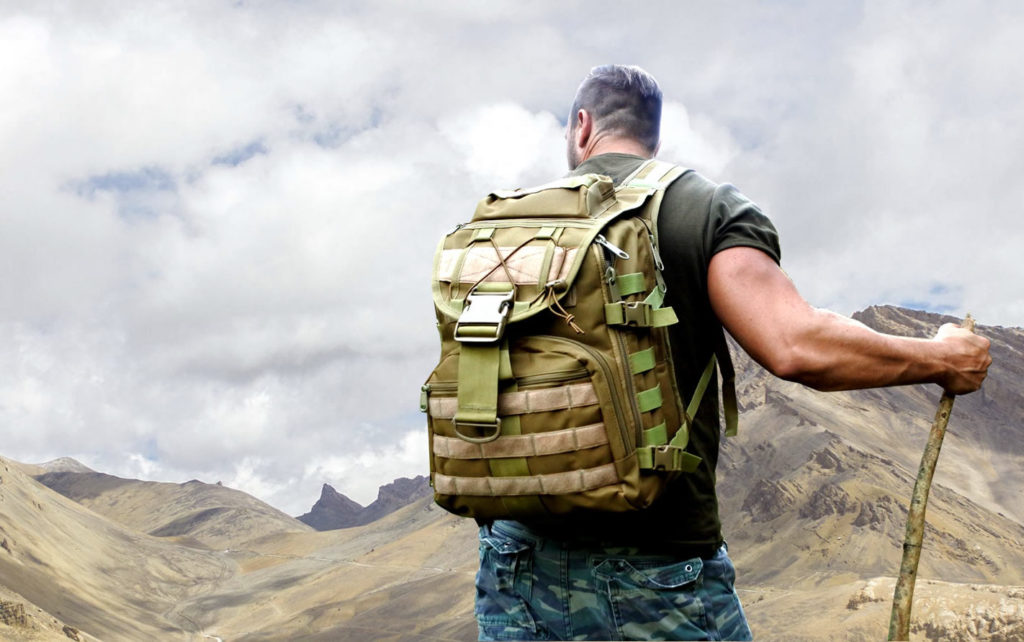
Finding a backpack that suits your needs can reveal itself to be a hard task due to the large set of offers we find today.
A good backpack should be lightweight, have several pockets with an expandable molle system, and made with tough and waterproof material.
Your backpack is the carrier that gets all the items listed below from point A to point B. Often, the total weight of your items will be greater than expected.
Your backpack must be resistant if you want it to stay useful for all your coming trips.
The American EVATAC Combat Bag has caught our attention, it meets all the above characteristics and more. Check out our EVATAC Bag review here.
Weapon :
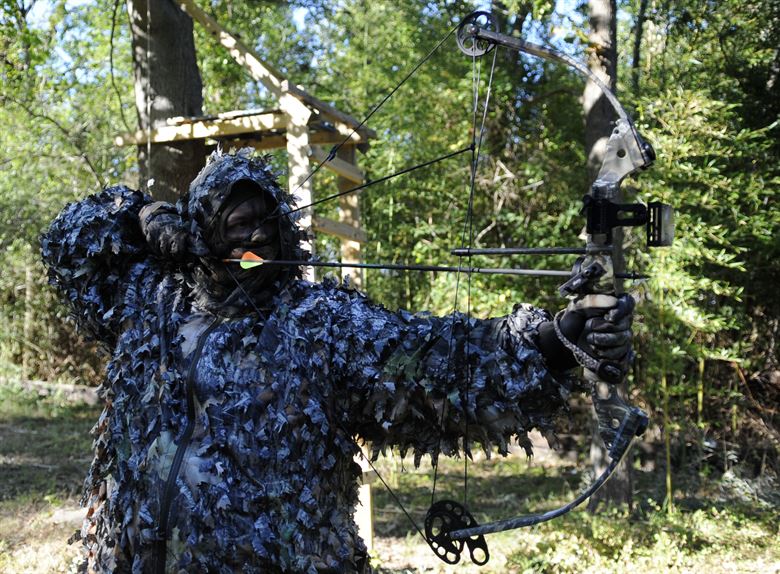
If there is a gadget that should take all the attention of the hunter, it would be his weapon. Hunting can be done using a firearm, a bow, an airgun, or using traps.
Don’t go for the heavy ones and prefer those more tactical that will do the work at your level.
As a survivalist, you should be mastering bowhunting as it’s a basic and clean type of hunting we humans have been used to.
Making a bow from scratch is a valuable skill that will keep you well-fed in a survival situation. Acquiring one from a special manufacturer will give you a higher performance weapon.
Figure out your dominant eye and your dominant hand before getting a left-handed or a right-handed bow.
Here’s a list of bows to choose from depending on your situation:
Best overall: The Hoyt Carbon Defiant
Best for the money: The SAS Rage
Fastest bow: The PSE Archery Full Throttle
Best for kids: The Bear Archery Cruzer RTH
Best beginner: The Quest Forge DTH
Best compact: The Mandarin Duck Nighthawk
Best cheap: The iGlow 55lb
Best left-hand: The Diamond Archery Edge Sb-1
First-Aid:
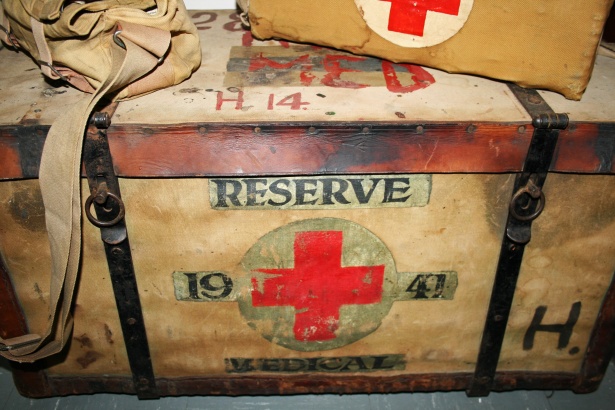
Whether it’s a misplaced step on a hidden chasm, getting hit by falling branches or getting attacked by a bear, you are the help until the help comes.
It’s lifesaving to have at least the minimal first aid knowledge to stop bleeding or to disinfect a wound.
Your first aid kit should never leave your backpack. It should contain a tourniquet, band-aids, medicine and more.
Here’s how you can make your own first aid kit.
Communication:
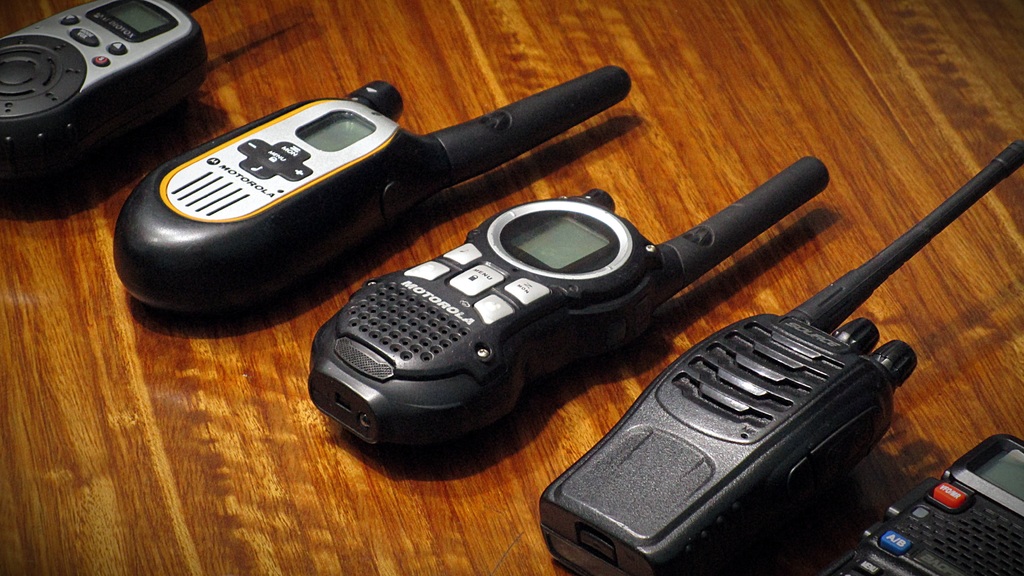
When you are traveling alone or in a group, always have a fully charged phone and at least one power bank.
Communication must always be possible in these situations in order to keep the others informed on your position and state.
If you are subject to an accident while hunting, a phone or a two-way radio will help you get the help you need.
The Garmin inReach Explorer is another great gear to keep you in contact with your peers, especially close family members that may be worried to know if you are still alive.
In addition to its satellite communication abilities, you can send your exact position at any moment.
Navigation:
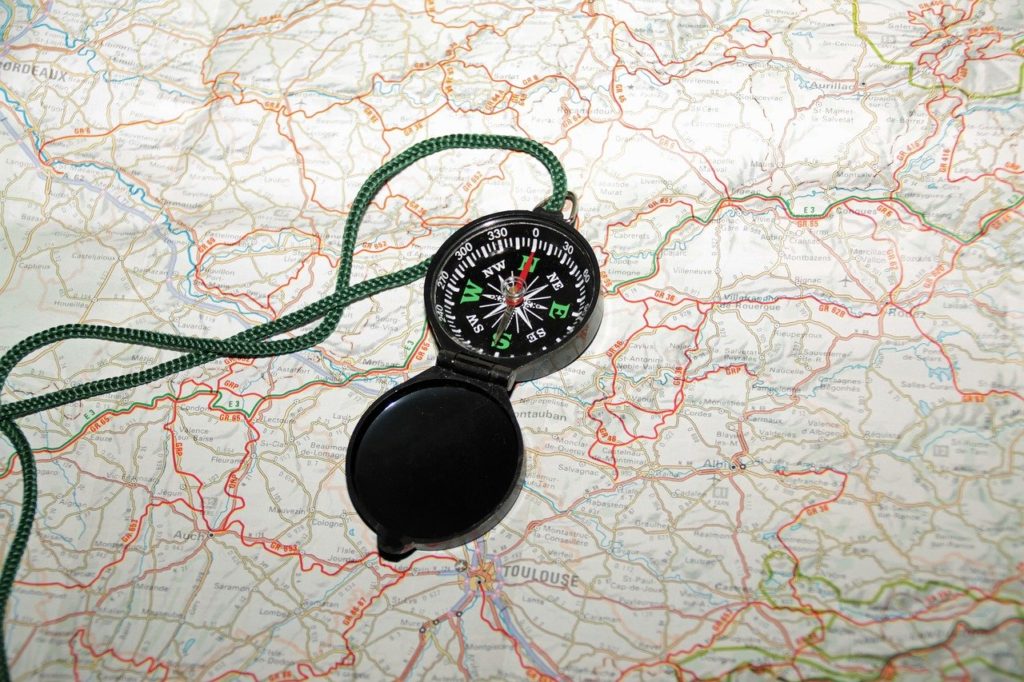
From the hunting items of our ancestors, the compass has always been the masterpiece of our navigation.
Learn how to use it to find your way along with a map, it’s not that difficult, just find the north using the compass then you will know where to go from there using your map.
But don’t rely only on the compass. Our great technology revolution gifted us with GPS for precise navigation. Choose a waterproof GPS that can be carried easily.
Shelter:
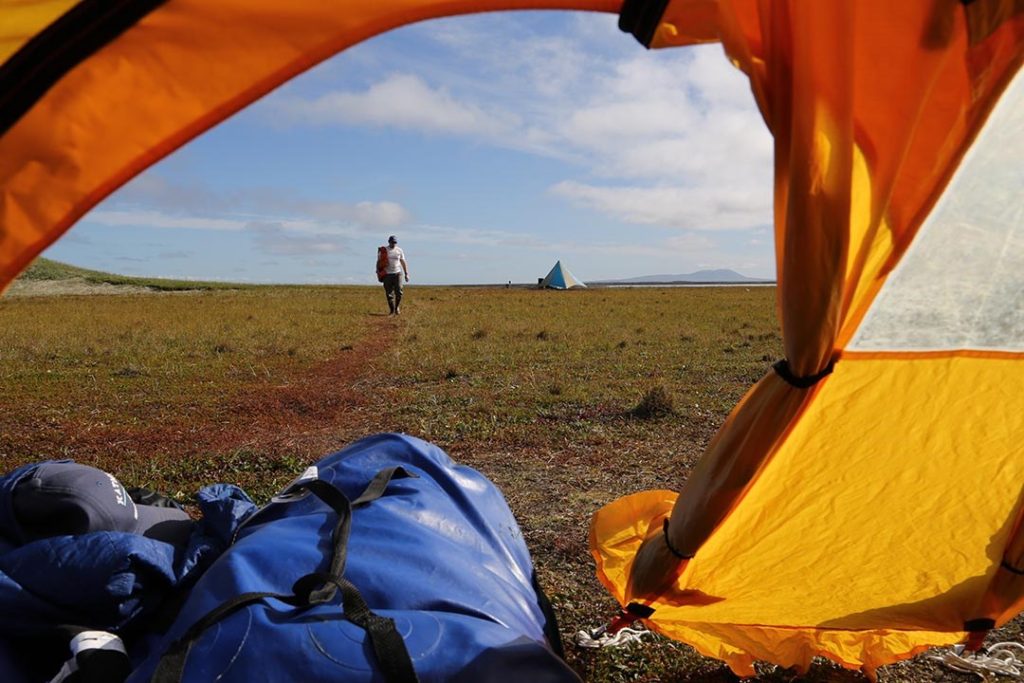
A good quality tent and stakes to keep your shelter well-grounded in the harsh seasons is the way to go.
You don’t want your roof to fly away under the first strong winds coming your way. The Coleman Sundome tents are good for camping as they are lightweight, and have a strong carbon fiber body, with aluminum heads and tips.
Add a windproof and waterproof blanket to your items. An easily foldable blanket will keep you warm at night and can even be used as a poncho when it rains.
A sleeping bag is also important in any hunting or camping trip where sleeping outdoor is involved.
Don’t carry a 0° or a 10° sleeping bag in August, it will make you sweat and its extra weight you don’t need.
The REVALCAMP Sleeping Bag is good for outdoor and indoor uses. It’s ultralightweight, comfy, very spacious, and easy to pack.
Clothing :
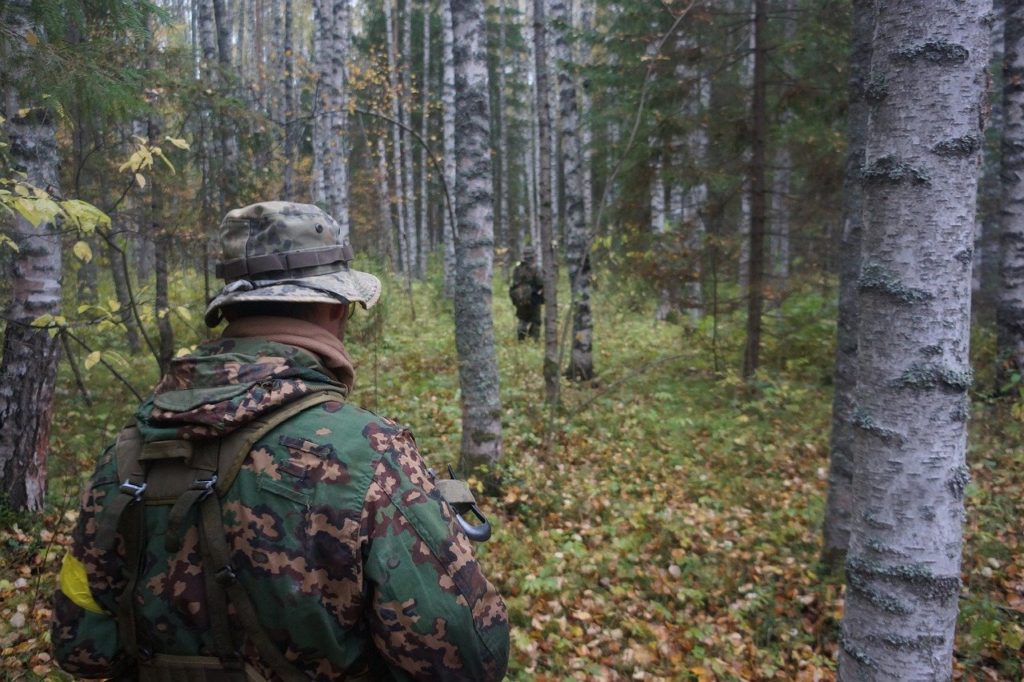
Getting the right hunting clothes is not an easy task. There is a wide array of apparel available out there, and the price doesn’t allow you to take the trial and error route.
Your hunting clothes should keep you warm and dry while offering you freedom of movement without itch and rash. Have one set of clothes worn, and the other packed in your bag.
Don’t wear cotton, it tends to absorb moisture and other materials quickly, making them dirty and heavy in the long run.
Instead, opt for a fleece or polyester clothing as both materials are highly breathable and non-absorbant too. Note that fleece is not windproof so associate it with a good zipper jacket.
Here is a list of clothing items you need for backcountry hunting:
Hunting boots, hunting hat, gloves, boot socks, camo pants, hunting jacket, shooting glasses, tactical vest.
Optics :
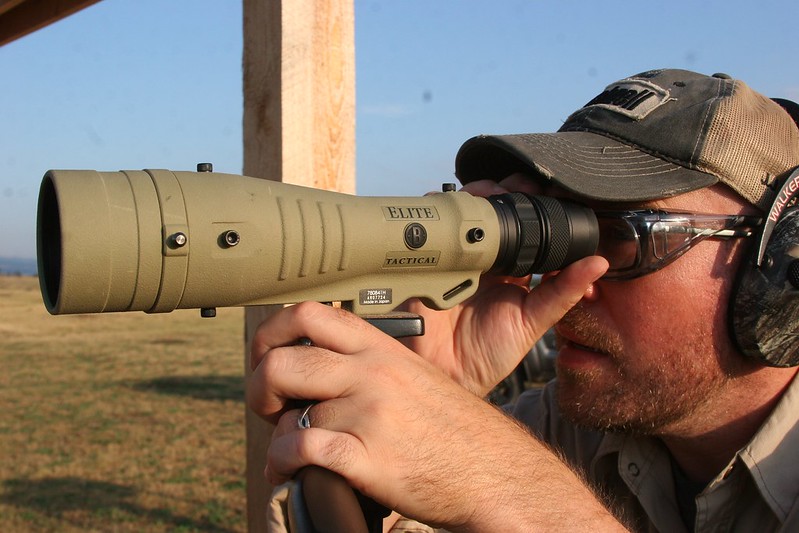
This can be the heaviest and also the most important item of your hunting kit. You can’t kill a buck unless you find a buck.
You could waste miles hiking in the wild, looking for prey that could be easily spotted with 10 power binos.
The right optics will also let you know the size of the buck before deciding if it’s worth going for. A pair of 8x binos are good for hunting, they are lightweight and gives you the scope you need to find prey.
If you like keeping images of your hunting adventures or making videos, a waterproof game hunting scouting cam will let you immortalize these moments. This Cam Trail Camera has night vision and motion detection too.
Multitool :
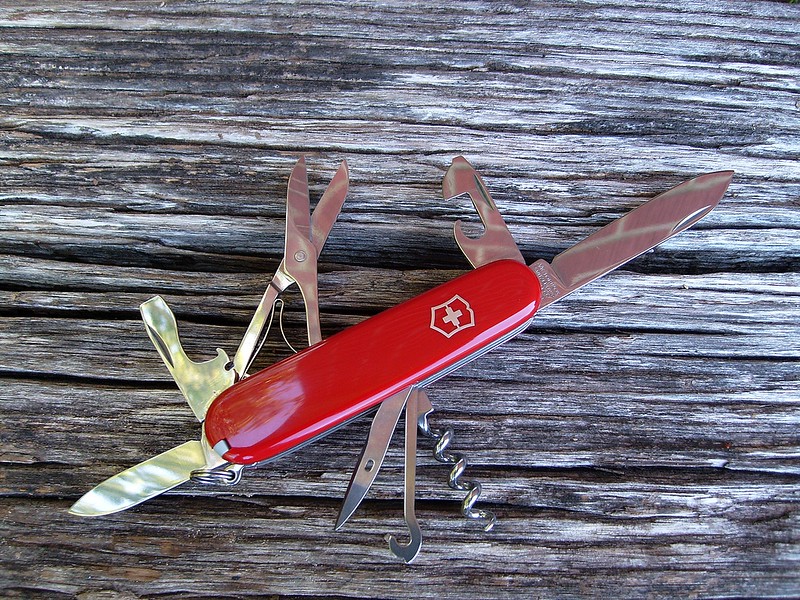
Regroup several gears in one item by carrying a multitool. It supplies you with scissors, wirecutter, screwdriver, bottle opener and more.
A multitool is a great way to save up space and energy by making your bag even lighter.
Grabe a Leatherman or a Victorinox depending on your preferences. These two brands have shown their quality many times and can last for decades if taken care of.
Here’s our list of the best Victorinox Swiss Army Knives.
Add a knife to your gear set as the one in the multitool will not do the work that a great knife will.
The Kestrel Knives Slim Caper is a great item for backcountry hunting, use it wisely to avoid needless cutting.
Light :
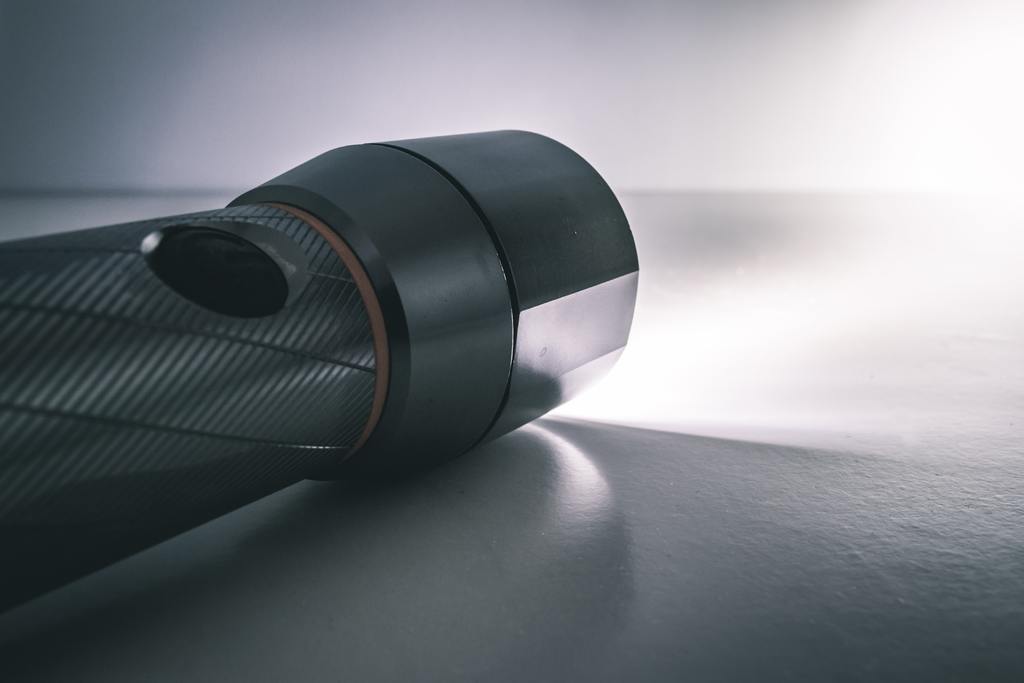
Whether it’s a headlamp, a small or a heavy-duty flashlight, a lighting item has always a spot among your items for backcountry hunting.
Use it to light your way, to signal your position, or to send coded lighting messages to your teammates.
Pack some extra batteries and bulbs too. Choose a waterproof flashlight with enough lumens for your trip.
The Hybeam Tactical Flashlight is available for free thanks to the FPA giveaway, just cover shipping.
Cordage :
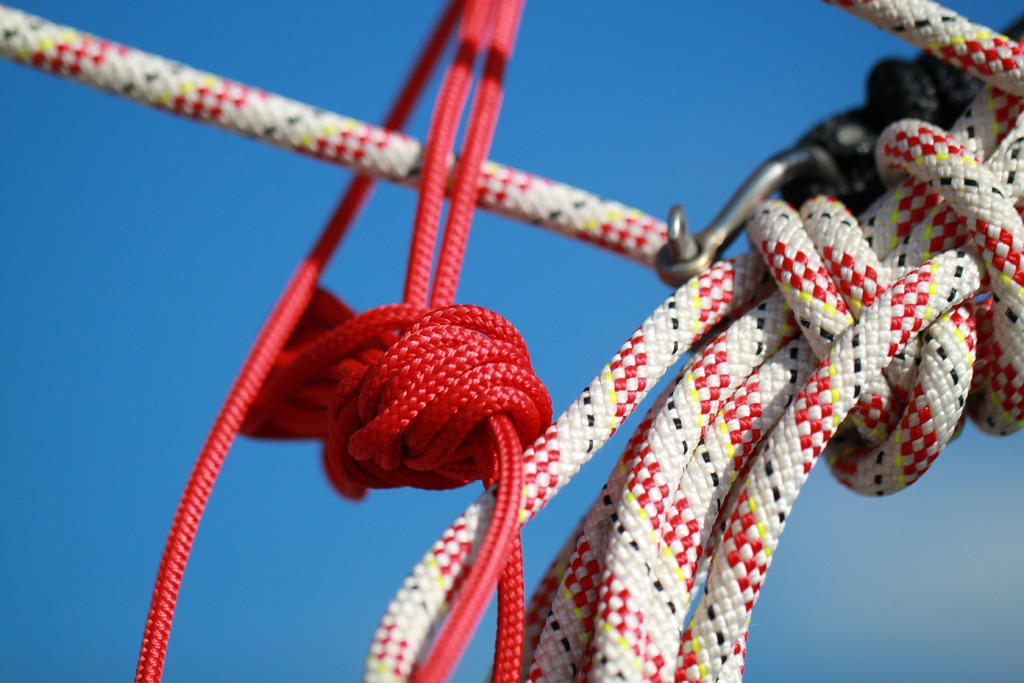
Paracord is a lightweight nylon Kernmantle rope, so tough it was originally used in the suspensions lines of parachutes.
Pack at least 50-feet of paracord. Use it to build you shelter, attach loads to your backpack or for rappeling down from highly uneven terrains.
Take your time to practice a few knots to open up more possibilities with your cordage.
Water :

About 60% of the human body’s weight is water. It assures our body functions correctly by flushing toxins from our organs, carrying nutrients to the cells, and helps us digest the food we eat.
If you don’t drink enough water, dehydration will make you subject to dizziness, confusions and even seizures. You don’t want to fall to the ground, especially if you are in the middle of nowhere.
Carry one gallon of water to keep you hydrated and in top condition. It’s good to have a water filtering device like the Lifestraw in your backpack in case you lose your water.
If you keep your car nearby, stock some water bricks in the back in case you need them.
Food:
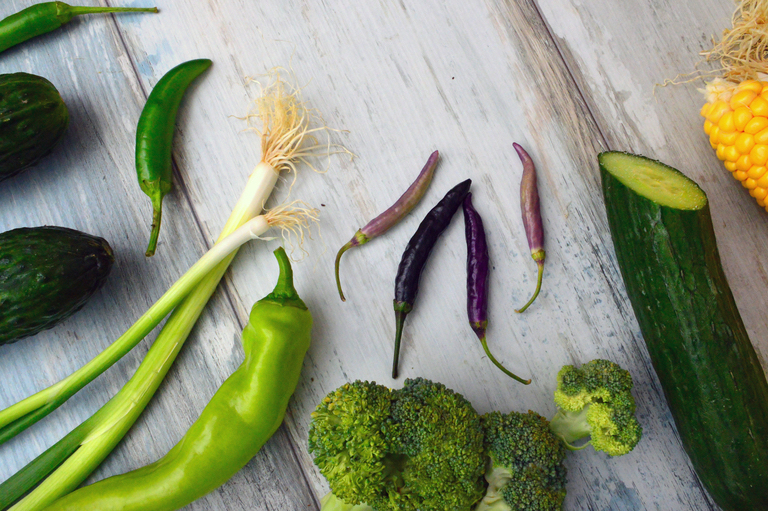
Hunting is an energy-draining activity, especially if it’s in difficult terrain. You will need to refill every day with enough calories to keep you going. While making your meals, aim for at least 160 calories per ounce of food.
Calculate your calory intake and respect your body’s daily needs. A good way to go through your meals is to eat small portions throughout the day.
This way you get a constant source of energy and you will be ready to move at any moment, knowing that your digestive system is not working hard.
Carrying superfoods is also a great way to economize space with foods that are super high in energy and nutrients. Here are 5 superfoods you can make at home.
Cook kit:
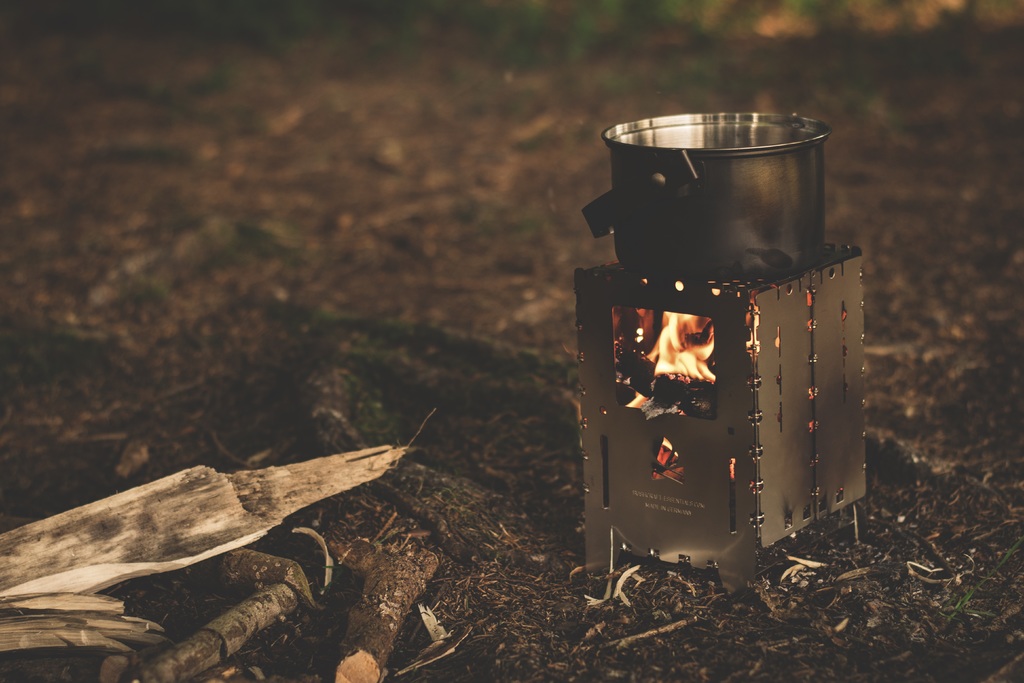
Depending on the type of food you eat, the kind of hunting trips you do and the number of hunting buddies you usually take with you, there’s a variety of cookware to choose from. Knowing this, there are some general guidelines to follow..
Choose a non-toxic and wear-resistant material. It should be fast in heat conduction to make your water boil fast.
Your cook kit has to be lightweight and suitable for at least 2 persons. Your cook kit will serve you on many occasions, whether it’s when you go hunting, hiking, or on a picnic trip. So take care of it by cleaning it softly and storing it well.
Even if you are in the backcountry, you can still cook fantastic meals, these will keep your morals high while chasing the game and exploring mother nature.
Firestarter:
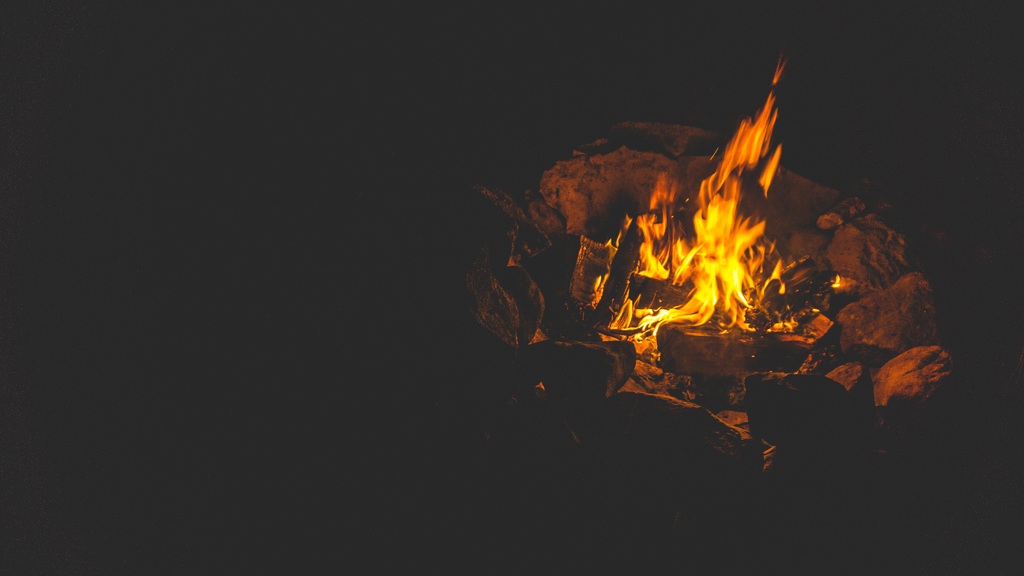
Fire will help you cook, keep you warm, and discourage wild and dangerous animals from approaching. There are many ways to start a fire.
If you don’t have any firestarter, you can use a magnifying glass to concentrate the sunlight on a specific spot.
Otherwise, a good firestarter should be waterproof, have enough burning strikes available and fits in your pocket.
Have also a few backup matches stored in a waterproof container, one day they will save you.
You can get all this with the now-famous Everystrike match. It’s free, just cover shipping.
Summary:
There are 3 strategies to camping once you are at your hunting spot. You can change your camping spot each day following the animals, have a base camp where you will return at night, or use spike camp.
Choose the right strategy depending on the weight of the items you are carrying, your energy level and the type of animal you are hunting.
In the morning, find out which items you need and leave the rest at the camp.
Always find news ways to cut weight from your backpack to make your trip more fun. Adapt your clothing and shelter items to the weather forecasting. Optimize your backpack by carrying what you need the most.
Titanium gears are usually lighters than the others, even though they can make your items for backcountry hunting a bit overpriced.
Above all, prioritize your safety. The first goal is to return safely to your family, not with the biggest game.






